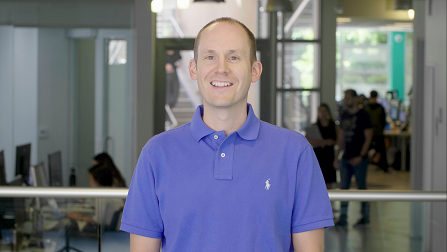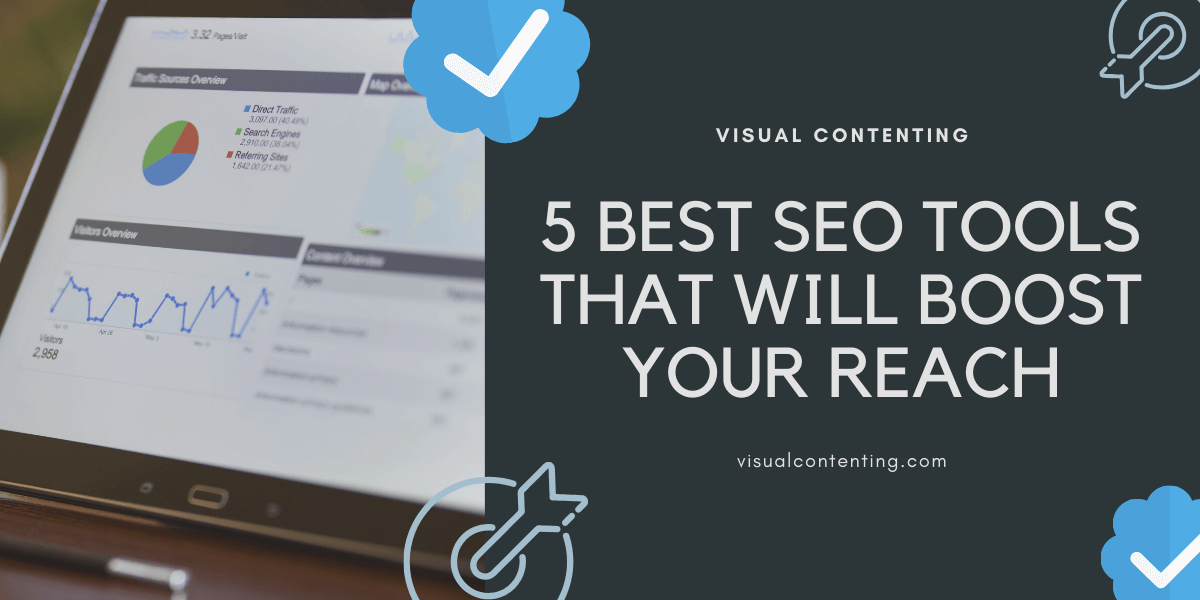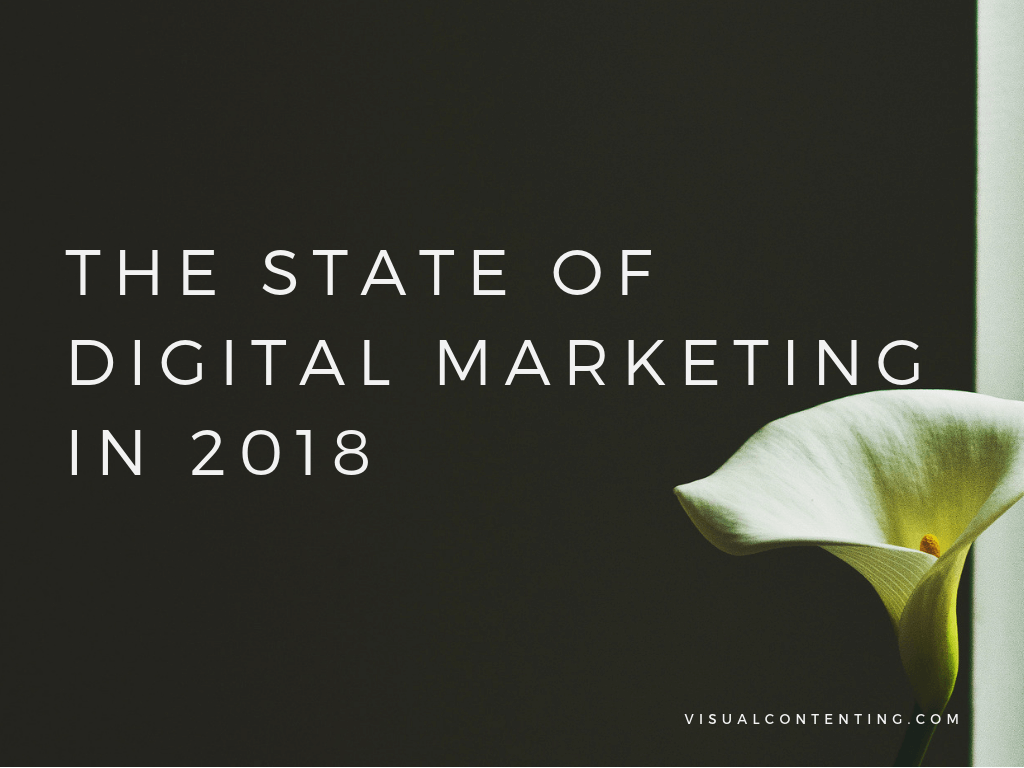Healthcare is undergoing a radical transformation.
Today’s patients are shopping in a noisy marketplace. Competition is intense, and independent providers are under more pressure than ever to attract and retain patients. Technology has enabled choices like rapid appointment booking and even virtual consultations. Much like in other aspects of modern life, patients now demand convenience when accessing healthcare services. A 2019 Consumer Trends report found that 80 percent of them would switch providers based on this alone.
Three in four people have looked online to find out about healthcare providers, according to research from PatientPop. A medical practice that lacks a strong digital presence is likely to pay for it in missed growth opportunities. It should be clear that online advertising is now essential to the success of any healthcare provider.
Many practices continue to manage their marketing internally. Others retain the services of specialized agencies, while the advancing trend is to purchase healthcare marketing software and take a hands-off approach. In any case, providers must measure the success of these efforts or risk expending resources only to fall behind.
So what do successful healthcare ads look like? Read on to find out.
1. They reach the right people: prospective patients
Medical practices that consistently attract new patients tend to know their target audience.
That usually starts with an understanding of the patients they currently treat: Are they of a certain age range, gender, or geographical area? Secondly, they consider their own objectives. Dermatologists interested in delivering more Botox treatments to women in their late 20s and early 30s might, for instance, consider using visual social platforms like Instagram.
Social media, search engine, and display ads all offer options to target specific audiences. The technology behind these platforms is impressive, but not perfect. It’s important to check that your healthcare ads are reaching the right people.
The most telling metric is how much you spend on an individual platform vs. the traffic coming from that source. Open Google Analytics for your site and check the ‘traffic sources’ section to see where your visitors come from. Compare this with the amount you spend on that source to calculate your cost per click (CPC), and cross-reference this with the number of impressions the advertising platform claims to be delivering. Many platforms count an ‘impression’ every time an ad is ‘displayed’ regardless of whether it’s been seen by the user.
If your CPC is painfully high, you could have a messaging problem, but targeting is the more likely culprit. Analyze your campaign, optimize it incrementally, and consider spending more on platforms that offer greater precision.
Recommended: 6 Aspects of A Result-Oriented Healthcare Digital Marketing Plan
2. They get the attention of your audience
If your healthcare ads are reaching the right people, the next step is to determine whether your prospective patients actually consider your message.
It’s not usually possible to get data for how many people stop scrolling once they see your ad, but there are a few ways around this.
One excellent way to measure whether you have a user’s attention is to look at their behaviour after they’ve clicked. If your message resonated, your prospective patient is likely to visit at least one more page on your website. You can see these stats in Google Analytics under ‘bounce rate’ — this is the percentage of visitors that exited your site without viewing any additional pages. Make sure you use a tailored landing page for your campaign to see how many users bounce after clicking your ad. If this figure is above 70 percent, you might need to refine your messaging.
Recommended: 6 Marketing Data Tools that Go Beyond Google Analytics
You can dig into this story by checking the average ‘session length’ of users that arrive on your landing page. Anything over 3 minutes is a sign that visitors are seriously thinking about your practice and are curious to learn more. There are plugins available that can track user behaviour on your site, such as click heatmaps. Analyzing this data can deepen your perspective on where you win and lose the attention of your visitors.
Of course, these metrics will also be skewed by the quality of the content your website. Consideration often begins before the user even clicks for the first time while browsing their social media news feed. The best way to measure your share of patient attention at this stage is to use video ads. Platforms provide data on the average time a user watches a video, and it can be a great way to A/B test different messages to refine your strategy and optimize your click rate.
3. They make the right impression on patients looking for a new practice
Your medical ads might capture plenty of attention, but that doesn’t necessarily mean your prospective patients are any closer to making a decision. Even if they’re unsatisfied with the care they’re currently receiving, they may have a long history with their provider, and making a change can feel daunting. It’s important to offer plenty of opportunities to learn more about your practice and reach out when they’re ready.
If your healthcare marketing is working, you should find that visitors return to your site. You can check Google Analytics for data on how much of your traffic landed on your site at least once more in the past two years, and even see the number of sessions per user. If more than 30 percent of your traffic consists of returning visitors, this suggests that many prospective patients are going through an active decision-making process.
It’s a good idea to set a goal for your visitors. Even if they’re not ready to fill out a form, send an email, or make a phone call, they might be ready to sign up to your mailing list or request more information. By adding an action like this to your campaign, you can measure your conversion rate at an earlier stage in the patient journey, and some platforms will even let you optimize your ads based on this metric.
Make sure the patient journey is as smooth as possible by maintaining a great website that’s easy to navigate and loads quickly. A/B test your ads and your site to optimize for conversions.
4. They resonate with your current patients and grow your community
Digital marketing is essential to growing your medical practice, but the most valuable tool in attracting new patients is the advocacy of your existing community.
Great healthcare ads are those that resonate with current patients, earning shares and other forms of social engagement. No matter how strong your online marketing strategy, human engagement remains a cornerstone of success. When new patients sign up with your practice, it’s a valuable step to ask how they heard about you. If a significant proportion of new sign ups first saw an ad online, that’s a strong sign that your medical ads are effective.
If you provide a great patient experience, enabled by cutting edge technology, it naturally follows to continue that relationship on social media. Many platforms will calculate a ‘net promoter score’ for specific users, but the most valuable tool of all is leveraging your community for testimonials and rich, human-centred content.
Recommended: Social Media’s Influence in Driving Positive Health Outcomes
Bringing it all together
A strong healthcare advertising strategy relies on precise targeting across multiple platforms. The best marketers A/B test audiences, content, and platforms to gradually refine their approach, and today’s software makes that easier than ever.
Measuring and improving patient experience is integral to turning patients into advocates, and word-of-mouth remains the strongest tool for growing any medical practice.
Hiring an internal marketing specialist for your practice might make sense, but an all-in-one practice growth solution like PatientPop makes it possible to automate many of these processes. By calling upon an experienced support team, practice staff can achieve return on investment (ROI) and carry out advertising at a scale that would previously only have been possible with the help of a full agency.
Related Posts

JJ Workman leads Online Advertising and Search Engine Marketing at PatientPop, the market leader in healthcare practice growth technology. He has vast experience in developing effective online marketing programs that are precisely targeted and highly profitable.







